Nudibranchs as Barbie

In case you missed it, go watch the viral video I made comparing Nudibranchs to the new Barbie movie here. Keep reading to see the photos and some fun facts about the featured Nudibranchs!

💖 Clown Doris (Ceratosoma amoenum)
Family: Chromodorididae
Diet: Sponges
Best Time to find one (according to iNaturalist observations): November – January
Location: Ceratosoma amoenum is a common nudibranch found in the intertidal zones of temperate southern Australia and northern New Zealand. There have also been a few reported sightings off the coast of southern Queensland.
Fun Fact: There is some variation in the patterning of this species. The size of the spots varies according to range, with those individuals in New Zealand having the largest.

💖 Hopkins’ Rose (Okenia rosacea)
Family: Goniodorididae
Diet: Bryozoans
Best Time to find one: June
Location: It can be found along the coast of western North America from Oregon to Baja California.
Fun Fact: The pink color on the papillae is produced by the xanthophyllic pigment hopkinsiaxanthin, most likely obtained through feeding on the cheilostomatous bryozoan, Integripelta bilabiata.

Miamira alleni Nudibranch as Barbie. Nudibranch photo by Georgina Jones
💖 Miamira alleni
Family: Chromodorididae
Diet: Sponges*
Best Time to find one: May
Location: This species is found in shallow reefs in Southeast Asia.
Fun Fact: *M. alleni has not been observed eating, but it is likely that it consumes sponges, like other Miamira species.

💖 Black Doris (Dendrodoris nigra)
Family: Dendrodorididae
Diet: Sponges
Best Time to find one: January
Location: Found ni the Western Indian Ocean, Red Sea to Western Pacific Ocean and the Tropical Indo-Pacific. Look in the Eulittoral zone under rocks and boulders on coral rubble, gravel, algal beds or shelly sand in sheltered bays.
Fun Fact: These reach up to 7 cm long. Black, sometimes with cream or white spots, the rhinophores have an elongated white knob at the tip. The edge of the mantle is frilly while the rest of the body very soft and slimy.

💖 Bennett’s Hypselodoris (Hypselodoris bennetti)
Family: Chromodorididae
Diet: Sponges
Best Time to find one: November - December
Location: This nudibranch is found in Southeastern Australia from Queensland to Victoria.
Fun Fact: These can be very variable in color. H. bennetti has a translucent white body which may have a blue, pink or purple hue, and a bright yellow mantle edge. There are red spots on its under body and dorsum running longitudinally along the centre and at the mantle edge. Some animals have yellow spots. The gills and rhinophores are white, outlined with pink or red.

💖 Pustulose Wart Slug (Phyllidiella pustulosa)
Family: Phyllidiidae
Diet: Sponges
Best Time to find one: March
Location: These are one of the most common nudibranchs throughout the tropical Indo-West Pacific.
Fun Fact: Although this nudibranch changes appearance as it grows, three median clusters of (usually) pink tubercles remain the same, except that they are amalgamated in juveniles and separated in large animals. These tubercles can range in color from pink to green to white. The intensity of the pink coloration and green-grey tones may possibly be related to diet, and the length of time since last feeding.

💖 Striped Phyllidiopsis (Phyllidiopsis xishaensis)
Family: Phyllidiidae
Diet: Sponges
Best Time to find one: March & July
Location: These have been reported from South Africa, Réunion, the Maldives, Malaysia, the Philippines and the Great Barrier Reef, Australia.
Fun Fact: It is a small Phyllidiid, growing to about 20 mm in length. There are sometimes black spots in the region between the outer black lines and the edge of the mantle. The rhinophores are lemon colored or white.

💖 Mediterranean Violet Aeolid (Flabellina affinis)
Family: Flabellinidae
Diet: Hydroid
Best Time to find one: July - August
Location: This species is found in depths to 50 m in European waters in the Atlantic Ocean from Portugal to Ghana and the Canaries and is widespread in the Mediterranean Sea.
Fun Fact: The species can grow to a length of 50 mm. It feeds primarily on species of Eudendrium, a very common hydroid genus in the Mediterranean Sea.

💖 White-speckled Dorid (Doriopsilla fulva)
Family: Dendrodorididae
Diet: Sponges
Best Time to find one: June - July
Location: This species is found from Point Loma, San Diego to Humboldt County California.
Fun Fact: This nudibranch can grow as large as 33 mm. It is pale yellow in colour, with dots of opaque white on the tips of the dorsal tubercles but not between the tubercles. The rhinophores have 10-12 lamellae and a pale yellow club with a white stalk. The gills are white with five pinnae.

💖 Spanish Dancer (Hexabranchus sanguineus)
Family: Hexabranchidae
Diet: Sponges
Best Time to find one: March & October
Location: This species is reported from the Red Sea, the Western Indian Ocean, French Polynesia and the Western Pacific. It likes rocky and coral reefs with many sponges and shelters from 1 to 50 meters deep.
Fun Fact: The taxonomy of the genus Hexabranchus has been controversial but a thorough molecular and morphological study published in 2023 showed that the name H. sanguineus was being used for at least 5 distinct species.

💖 Chamberlain’s Nembrotha (Nembrotha chamberlaini)
Family: Polyceridae
Diet: Ascidians and tunicates
Best Time to find one: May
Location: This species is known only from the Philippines and Indonesia.
Fun Fact: This nudibranch has a very characteristic color pattern which is typical of species that display warning coloration to other species. N. chamberlaini can reach a length of 100 mm.

💖 Miamira flavicostata
Family: Chromodorididae
Diet: Sponges
Best Time to find one: October - February
Location: These were first described from Japan and have been reported since from many parts of the tropical western Pacific.
Fun Fact: If present, the most posterior tubercle, just in front of the gills, is the longest, often standing much taller than the gills. The name flavicostatum [= yellow ridges] indicates one of the most obvious characters of this species.

💖 White-lined Dirona (Dirona albolineata)
Family: Dironidae
Diet: These nudibranchs are carnivores that feed on a wide variety of prey, mostly on bryozoans, on small crustaceans, hydroids, ascidians, and snails.
Best Time to find one: October - November
Location: This species occurs in the Eastern Pacific Ocean from Alaska to San Diego, California. They can be found all the year around in the shallow subtidal cold waters, at depths of 0 to 28 m.
Fun Fact: Dirona albolineata can reach a length of about 180 mm (7.1 in). This species, like others in the genus, is translucent with large, broad and quite flat cerata. In these nudibranchs the cerata lack cnidosacs. The most common D. albolineata is translucent with opalescent white outlining the cerata and the midline of the tail, but the color varies from white through rose pink, pale orange, lavender to a rufous shade. Spawning occurs in both the winter and summer.

💖 Anna’s Chromodoris (Chromodoris annae)
Family: ChromodorididaeDiet: Sponges
Best Time to find one: March - May
Location: This species of nudibranch is found in the central area of the Indo-Pacific region from Malaysia, Indonesia and the Philippines to the Marshall Islands.
Fun Fact: Chromodoris annae can reach a maximum size of 5 cm length. The body is elongate with a foot which is distinct from the upper body by a skirt like mantle hiding partially the foot. The branched gills and the rhinophores are orange to yellow. A black dash between the rhinophores distinguishes this species from similar species like Chromodoris elisabethina and Chromodoris westraliensis.







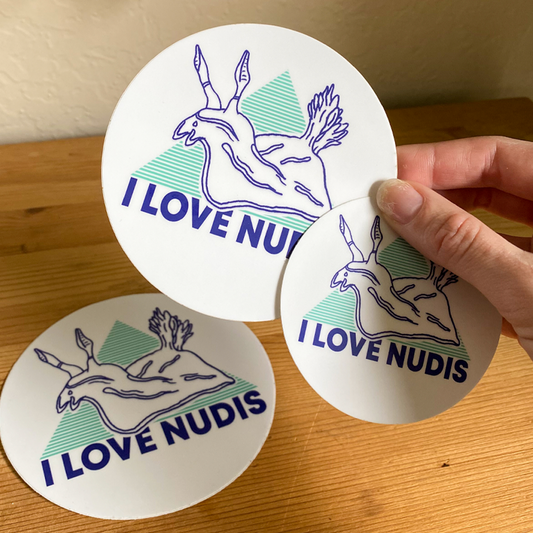
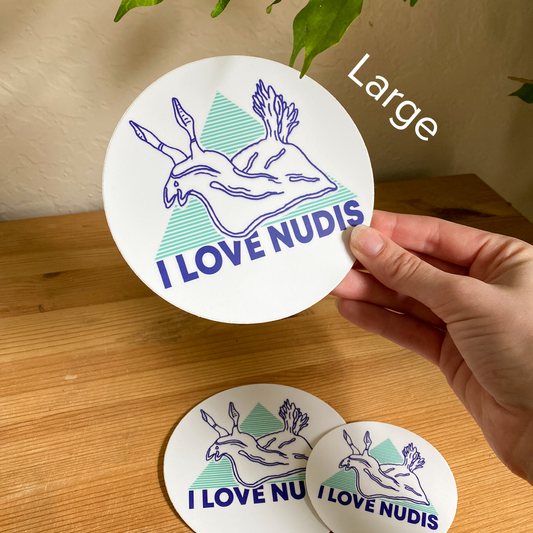
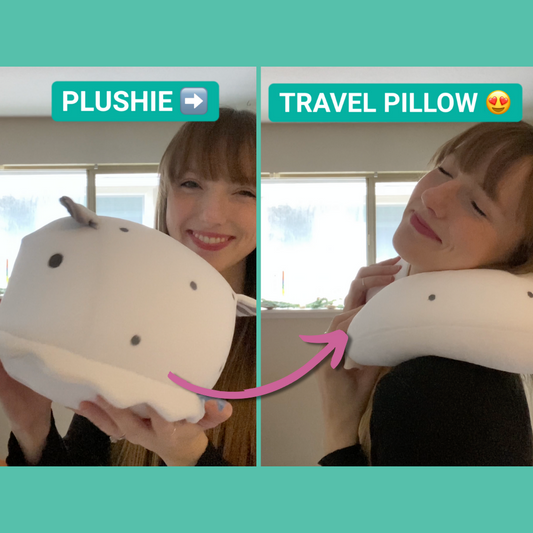
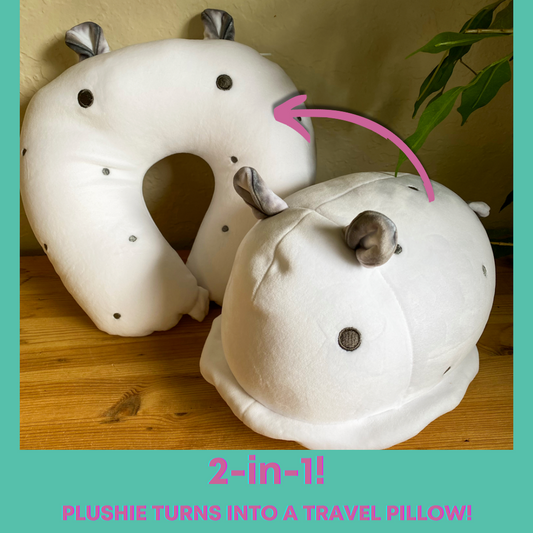
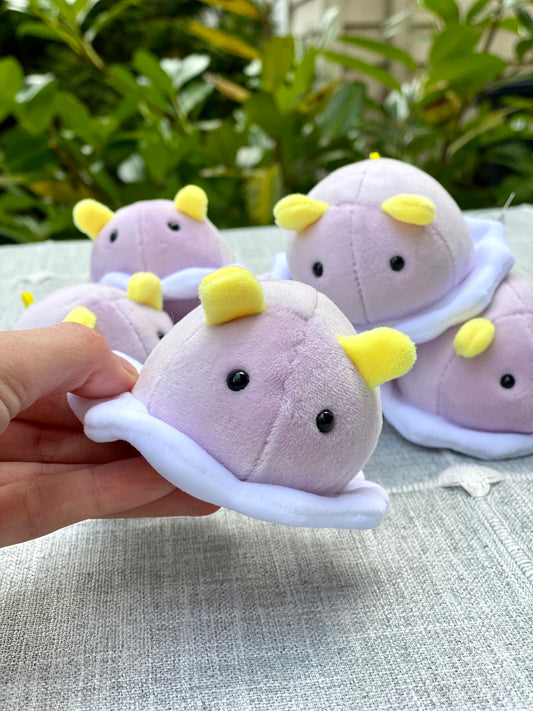
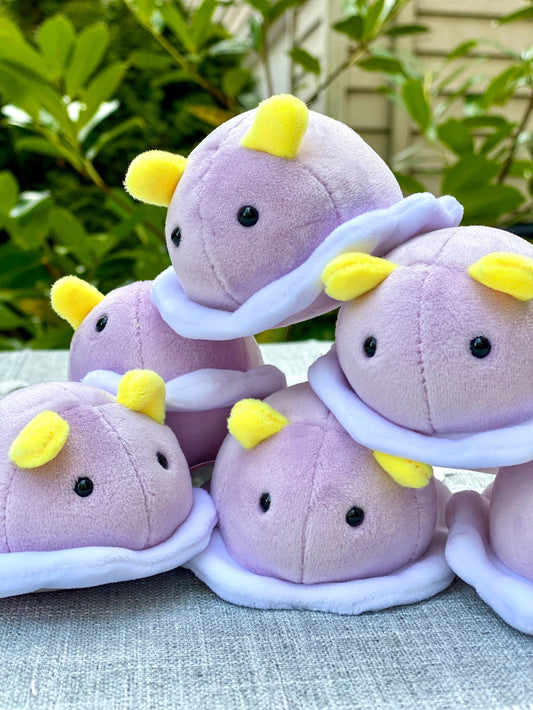
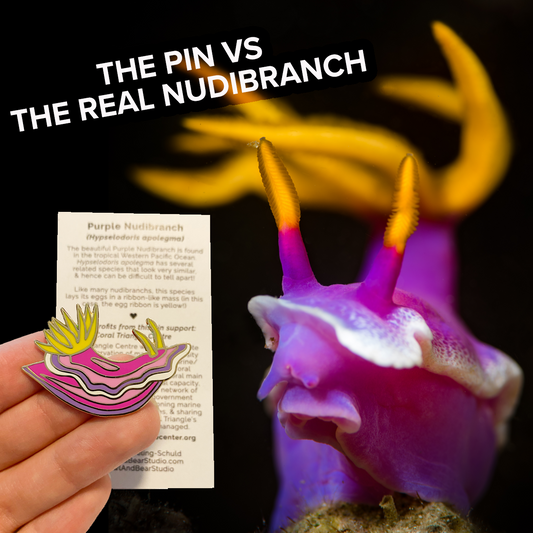
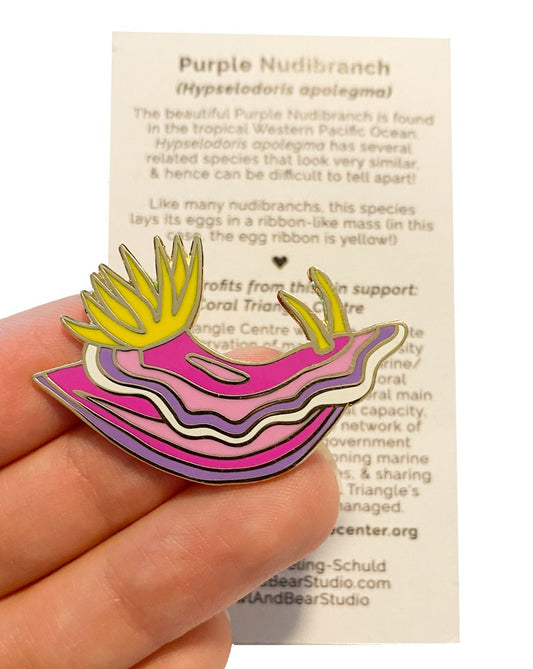
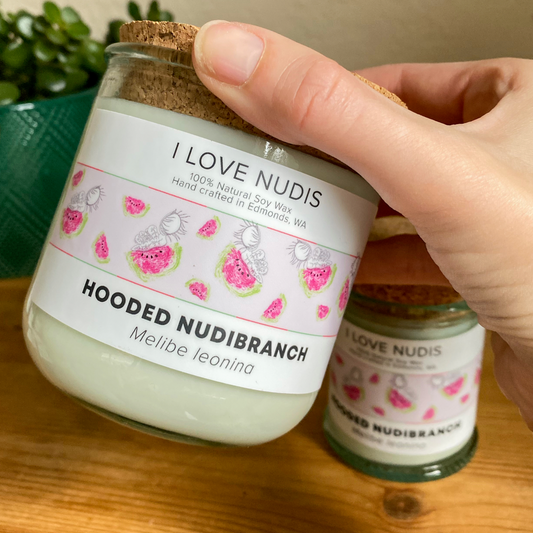
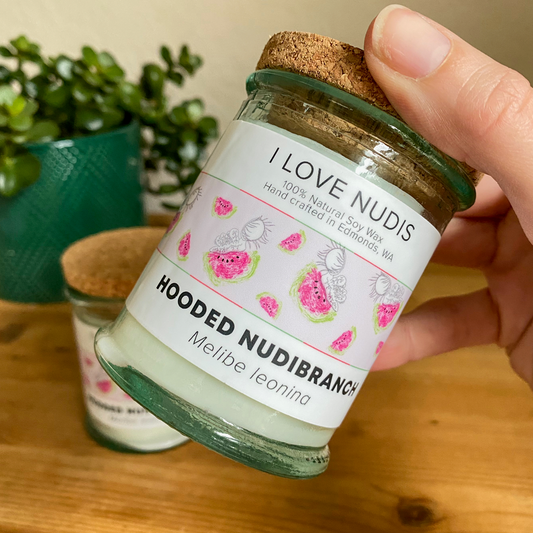
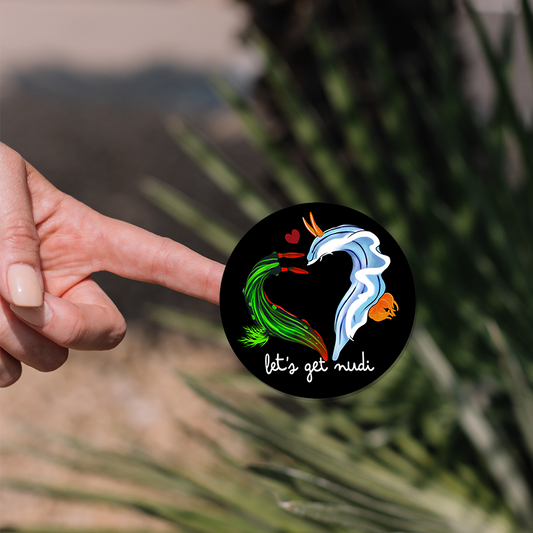



1 comment